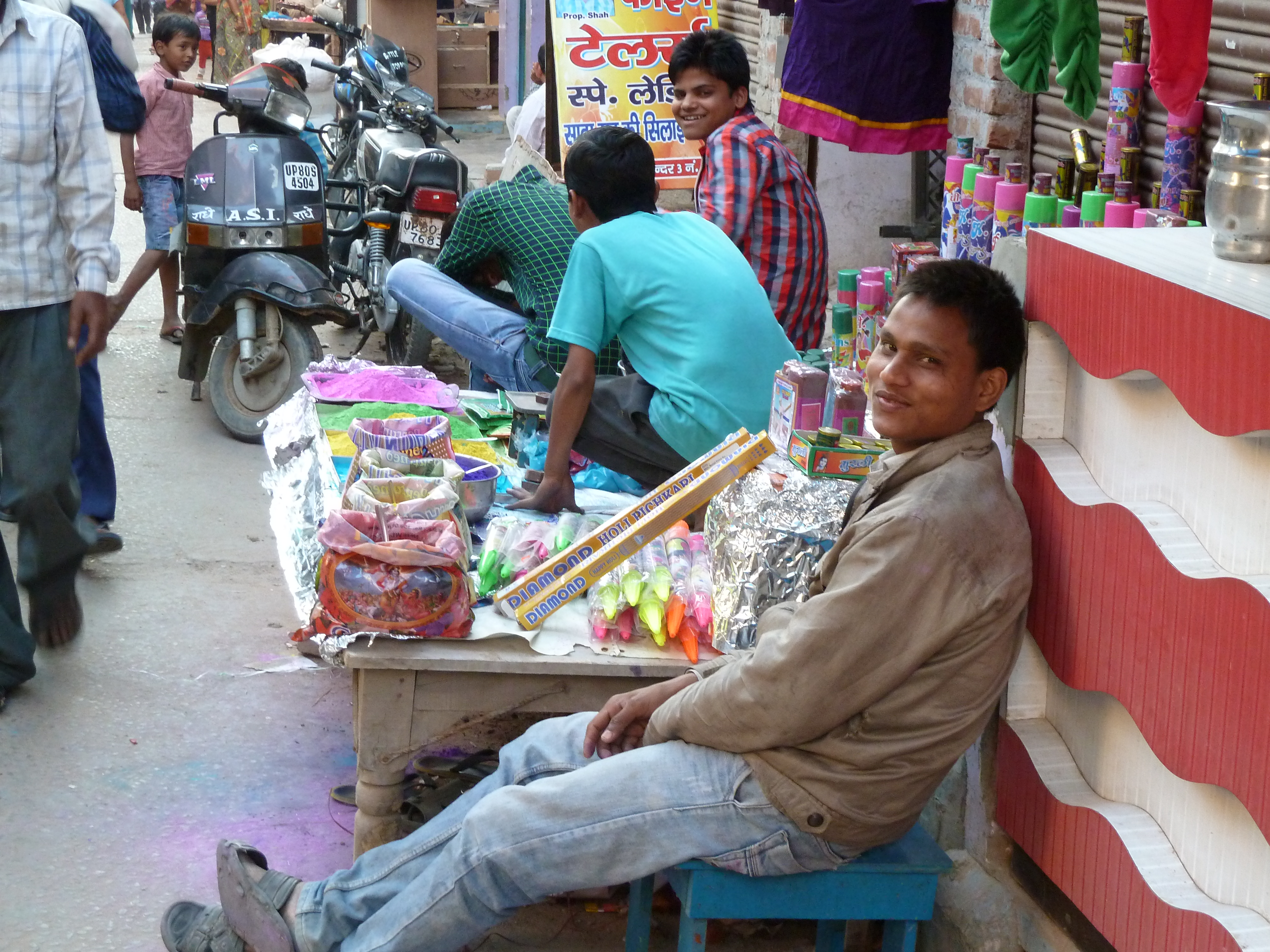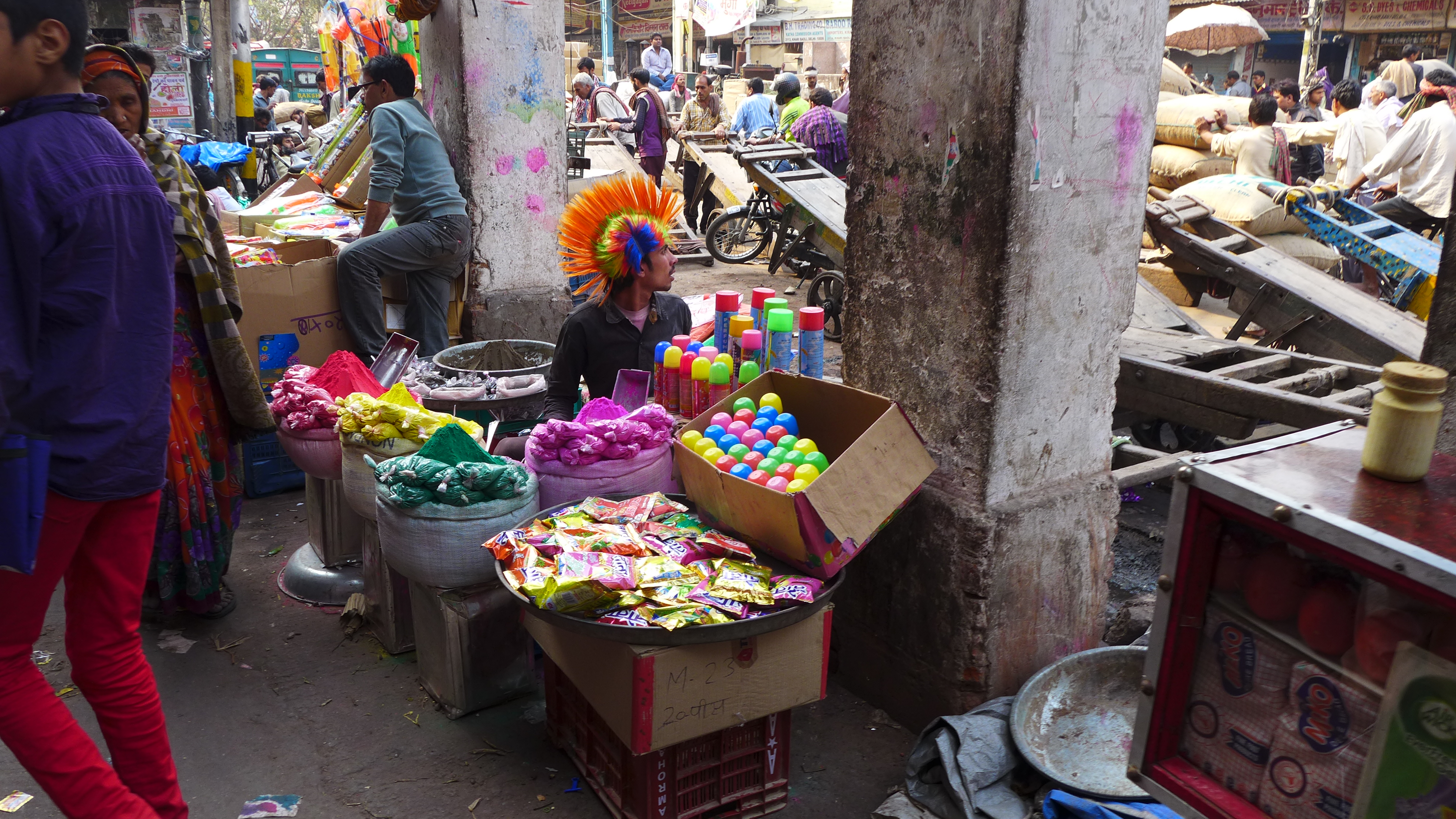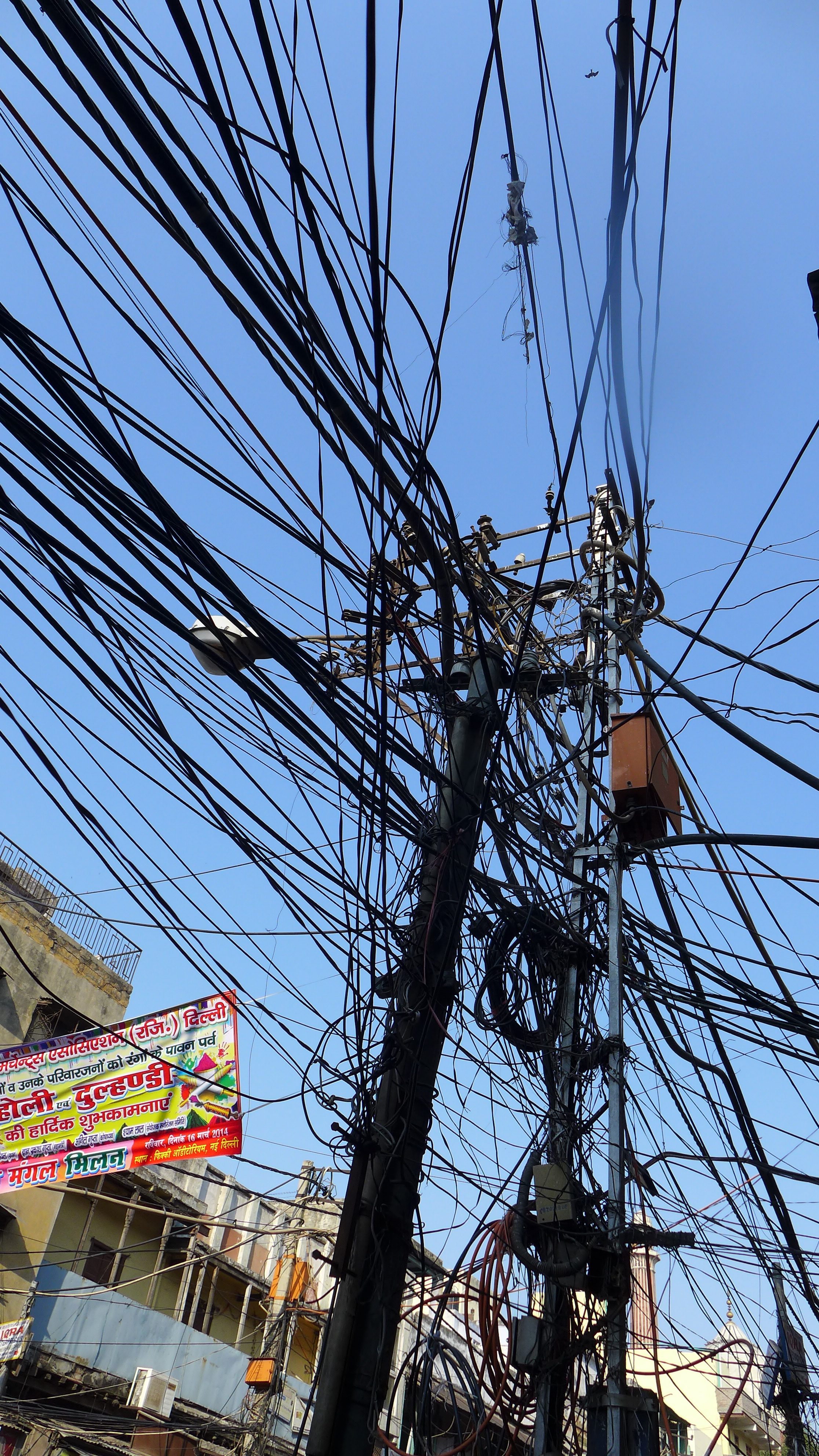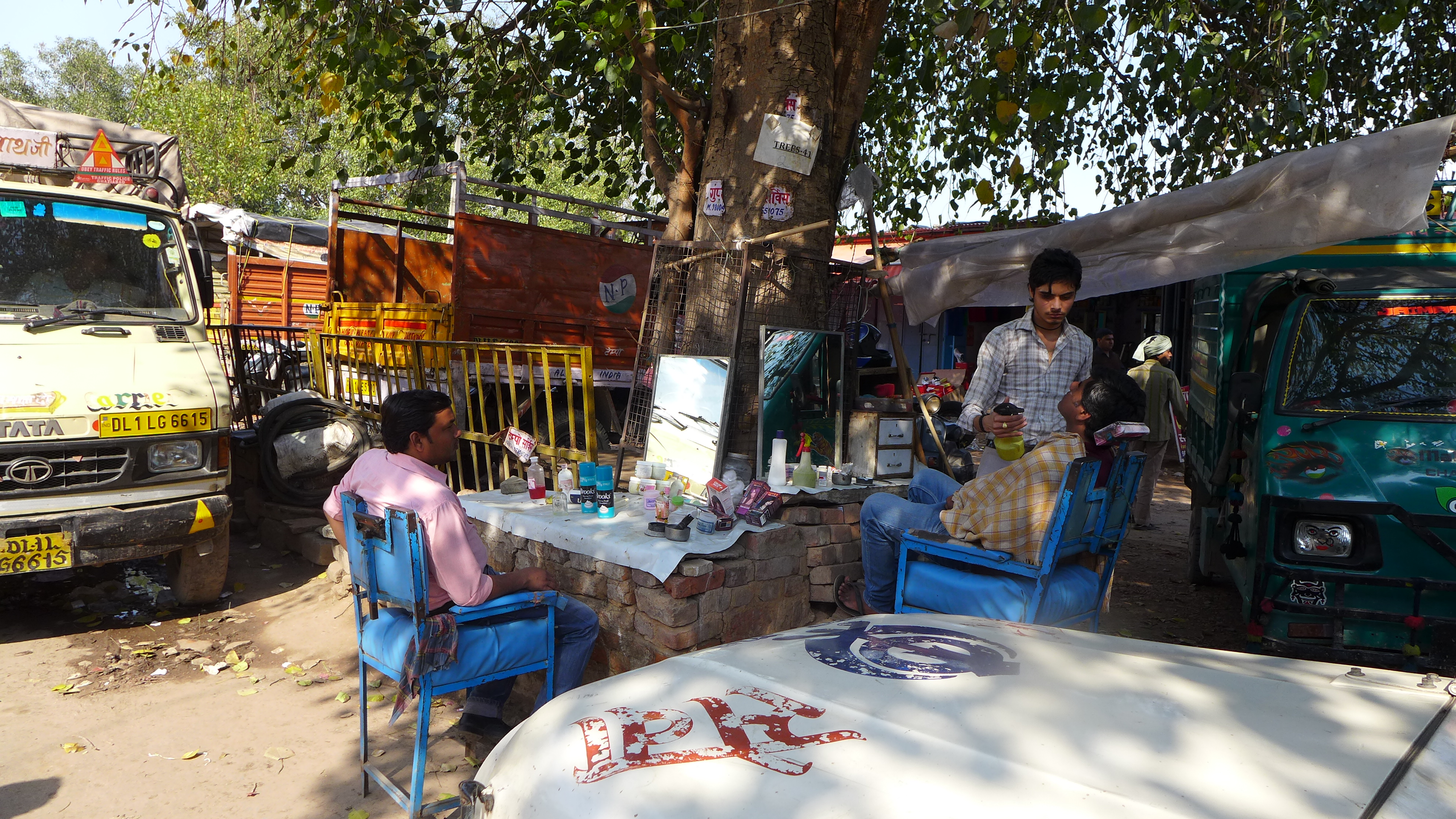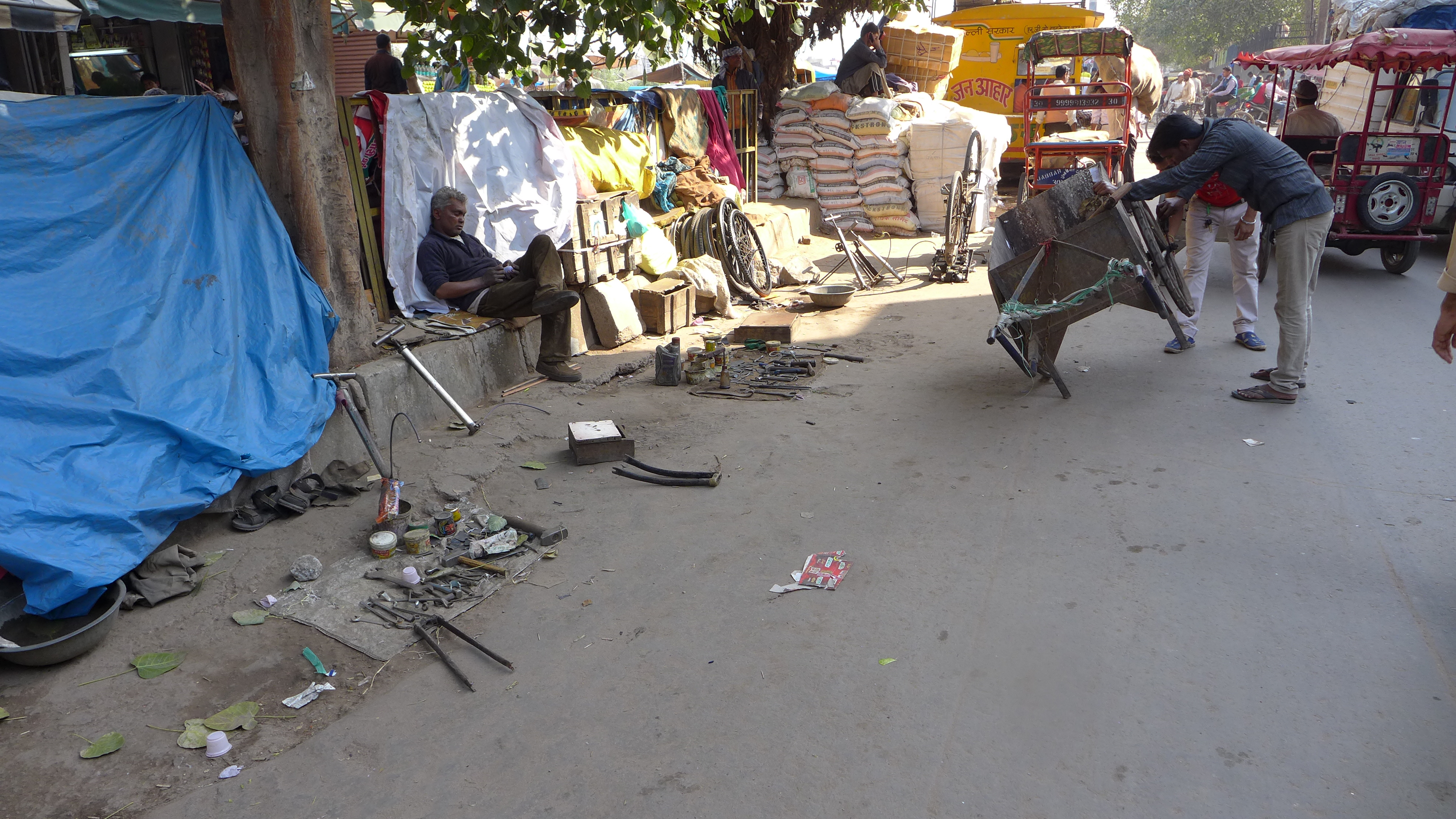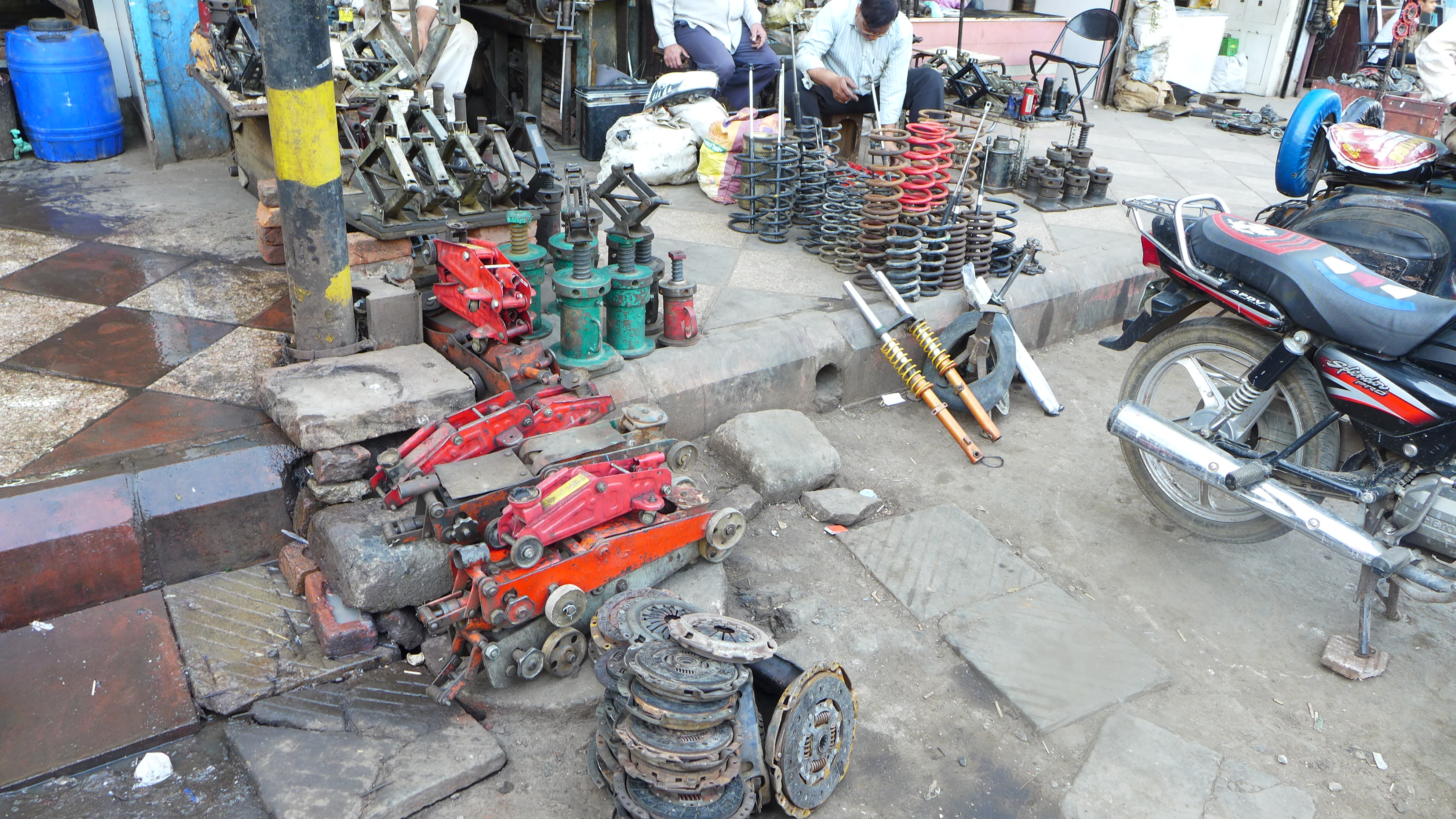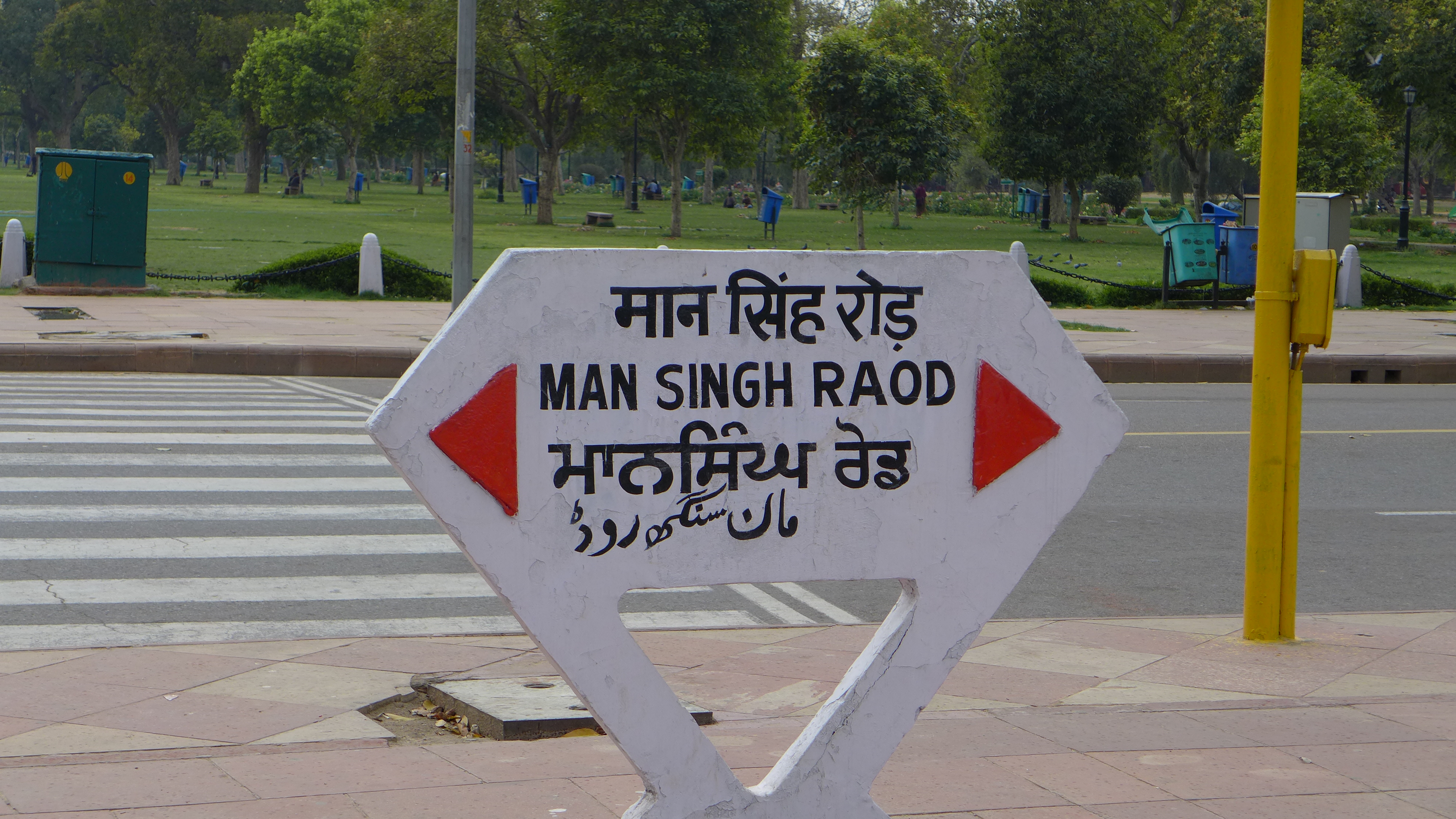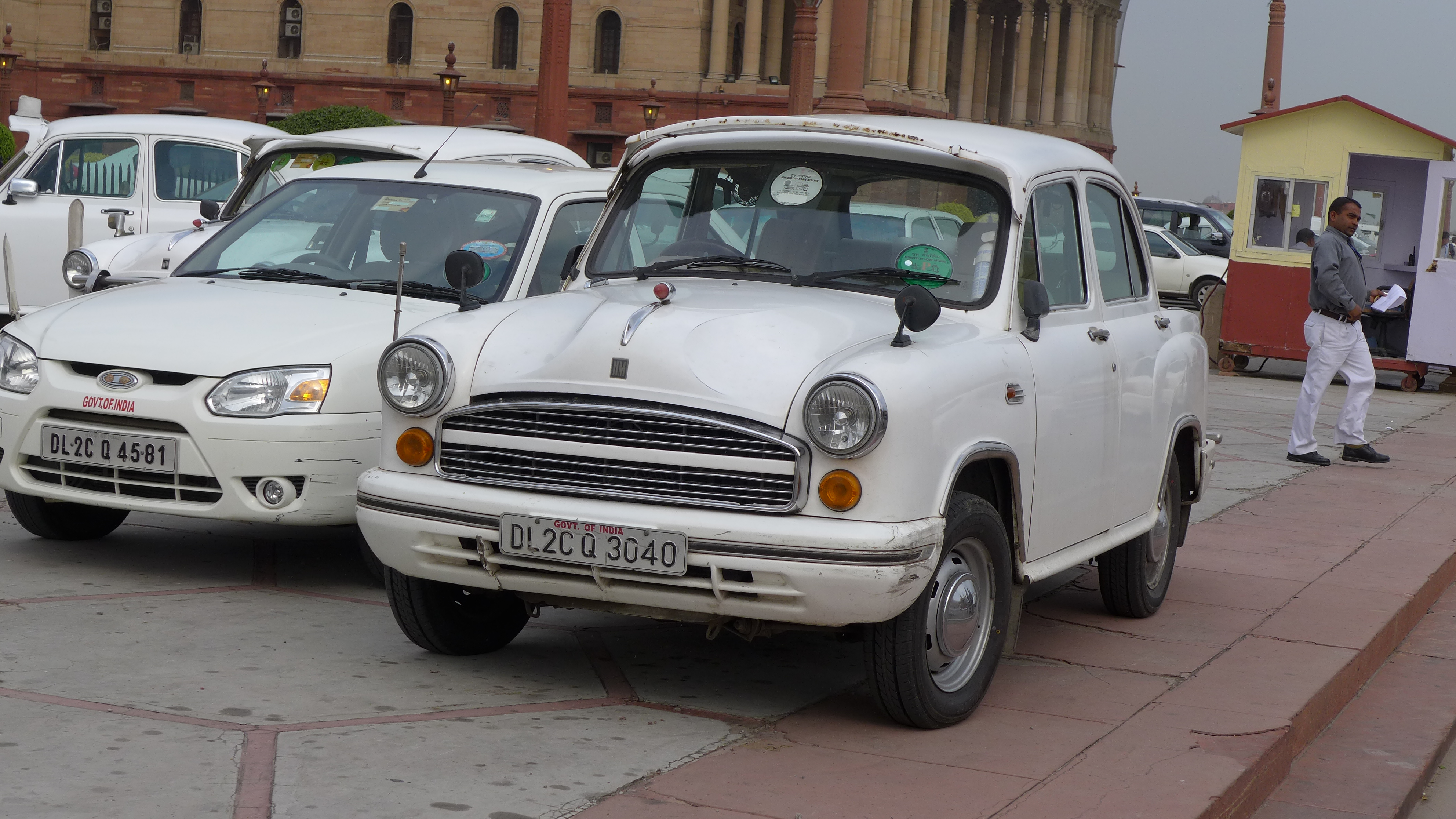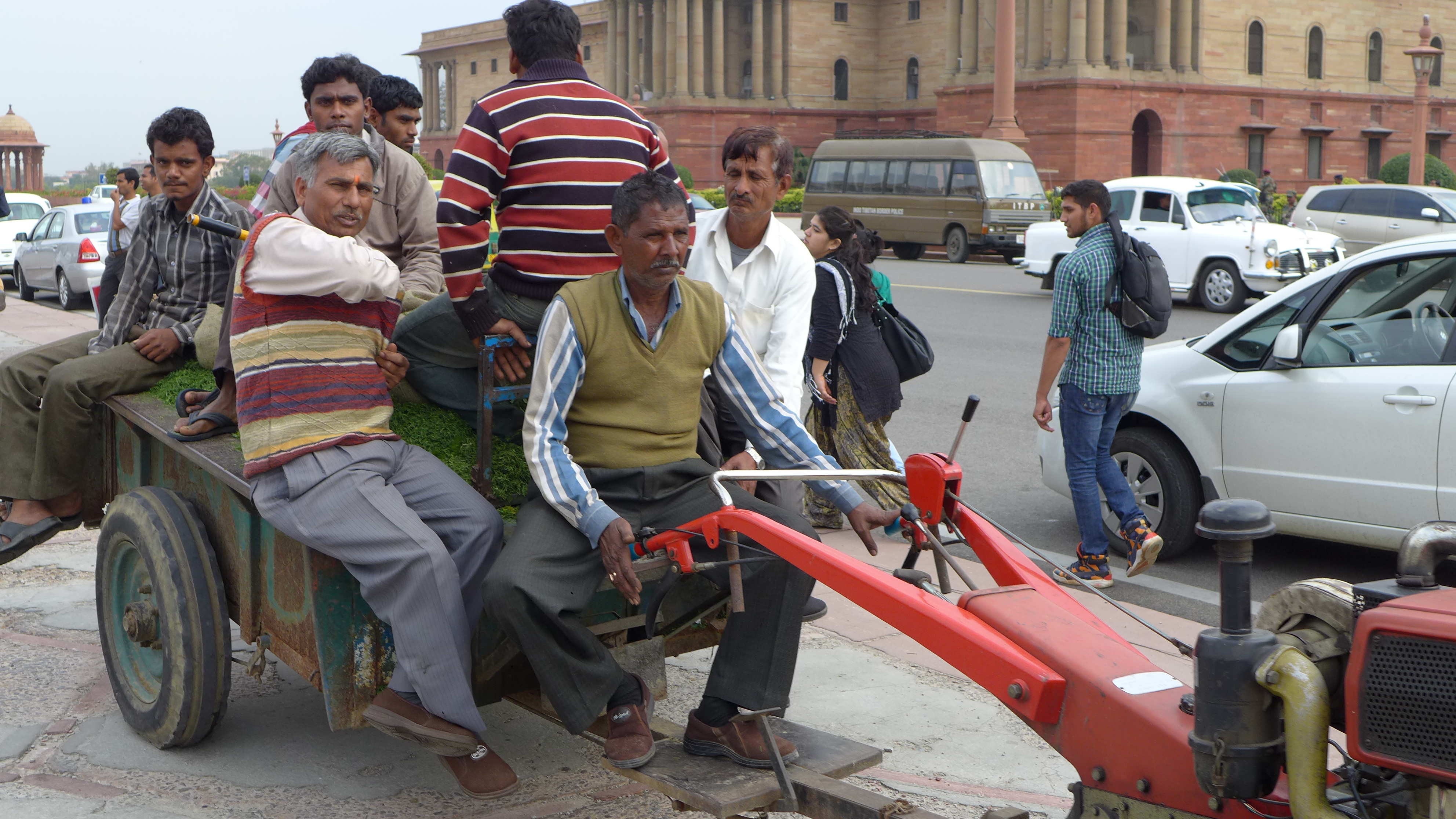The first project of any new city is to figure out how to use the metro. Delhi’s is extensive, efficient, fast and practically free. Though, as with most things in India there’s a bit of a hidden “tourist tax” you’ll need to buy a card, and put so much credit on it, you’ll get some of that credit back, but not all of it when you turn the card in at the end.
I had basically two and a half days to explore Delhi, the first day was my arrival day, and it was mostly half over by the time I got settled. All the same, heading out of the hotel, I was only about 6 blocks from the Rajpath (Kings Way). Similar in concept to the “mall” in Washington D.C. the Rajpath is a long green field with the Rashtrapati Bhavan (the official residence of the President of India) on one end, and the National Stadium on the other end, in the middle is the India Gate. Quite different from the Mall though, is that there is a major boulevard running down it, separating the green field in half. Add to this, several cross streets some of with include a traffic circle…this would be no problem typically, but this is India, and getting across those streets as a pedestrian is very risky business. The locals seem to walk out there with a deep faith that drivers will swerve around them; I do not have such a strong faith however.
The 138 (42 meter) high India Gate while resembling a triumphant arch, is actually a war memorial commissioned after the end of WW I to commemorate those killed in action. Inscribed below the word INDIA is the following: TO THE DEAD OF THE INDIAN ARMIES WHO FELL AND ARE HONOURED IN FRANCE AND FLANDERS MESOPOTAMIA AND PERSIA EAST AFRICA GALLIPOLI AND ELSEWHERE IN THE NEAR AND THE FAR-EAST AND IN SACRED MEMORY ALSO OF THOSE WHOSE NAMES ARE HERE RECORDED AND WHO FELL IN INDIA OR THE NORTH-WEST FRONTIER AND DURING THE THIRD AFGHAN WAR. There are 13,218 names inscribed on the structure, and in 1972 the Amar Jawan Jyoti (flame of the immortal soldier) a black marble plinth with four flames was added, and has since served as India’s Tomb of the Unknown Soldier.
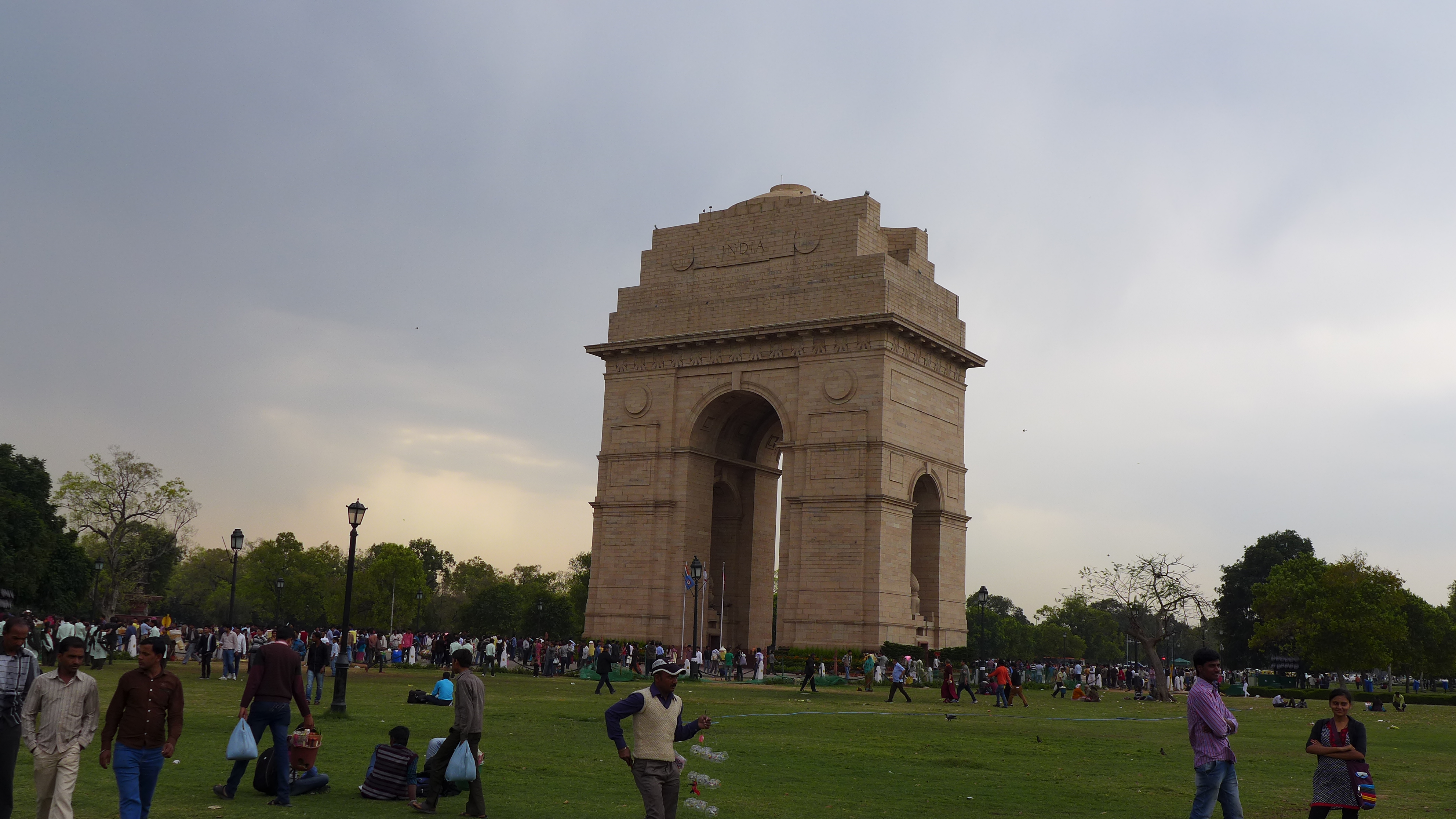
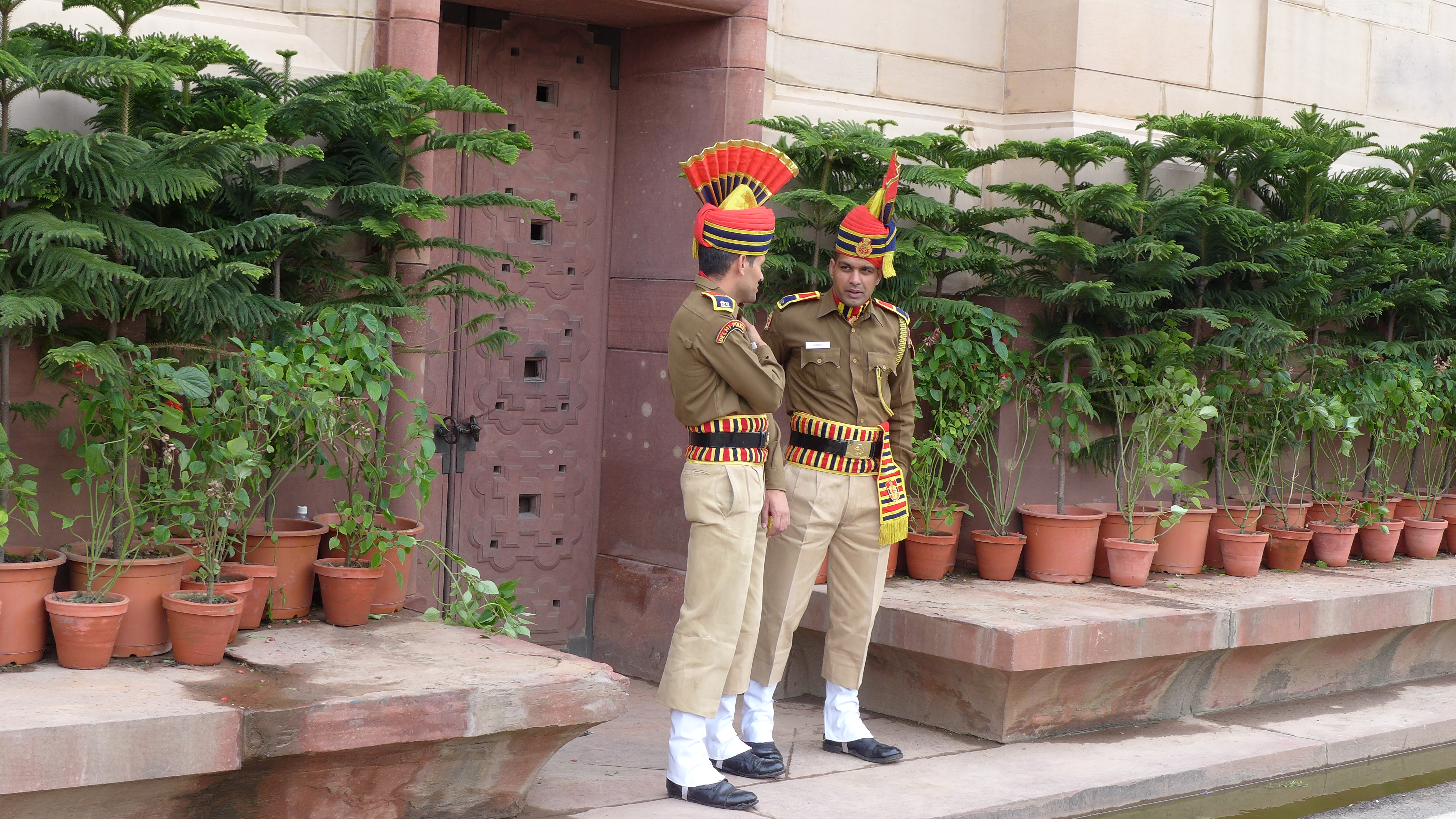
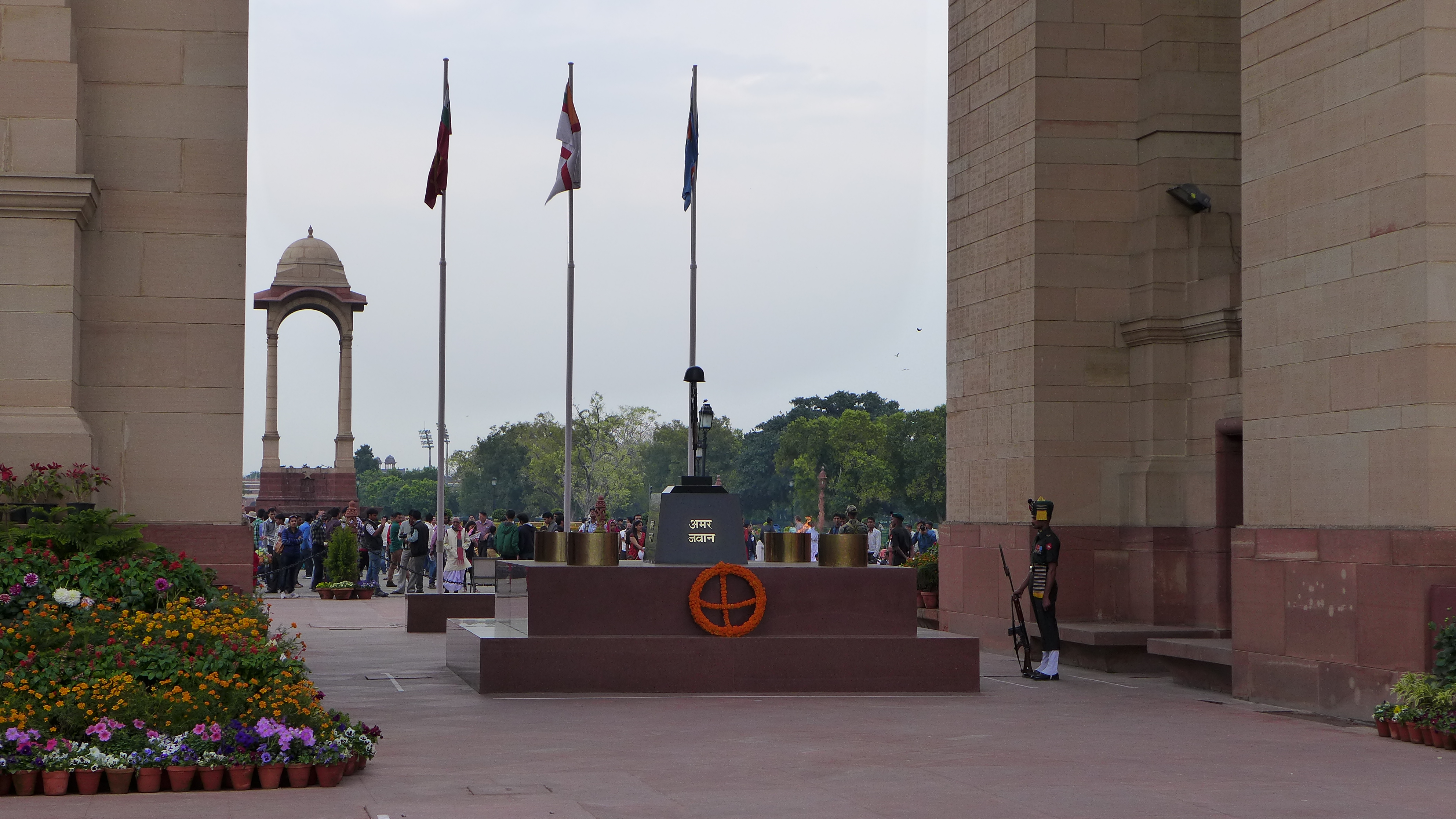
At the west end of the Rajpath is the Rashtrapati Bhavan (Presidential Estate), and what an estate it is. It has to be one of the largest if not possibly the largest official residences of any national leader. A monumental doomed building with 340 rooms and 200,000 square feet (19,000 m2) of space, that seems more likely to be a capitol building than a residence. The “house” sits on 320 acres (130-hectare) of land, most of it comprising the impressive Mughal Gardens. As the compound is closed to access to the public most of the year, I wasn’t able to get any photos, but the one seen here. However, I don’t mind linking to the Wikipedia page describing it, and its history from first having been built as the British Viceroy’s house.
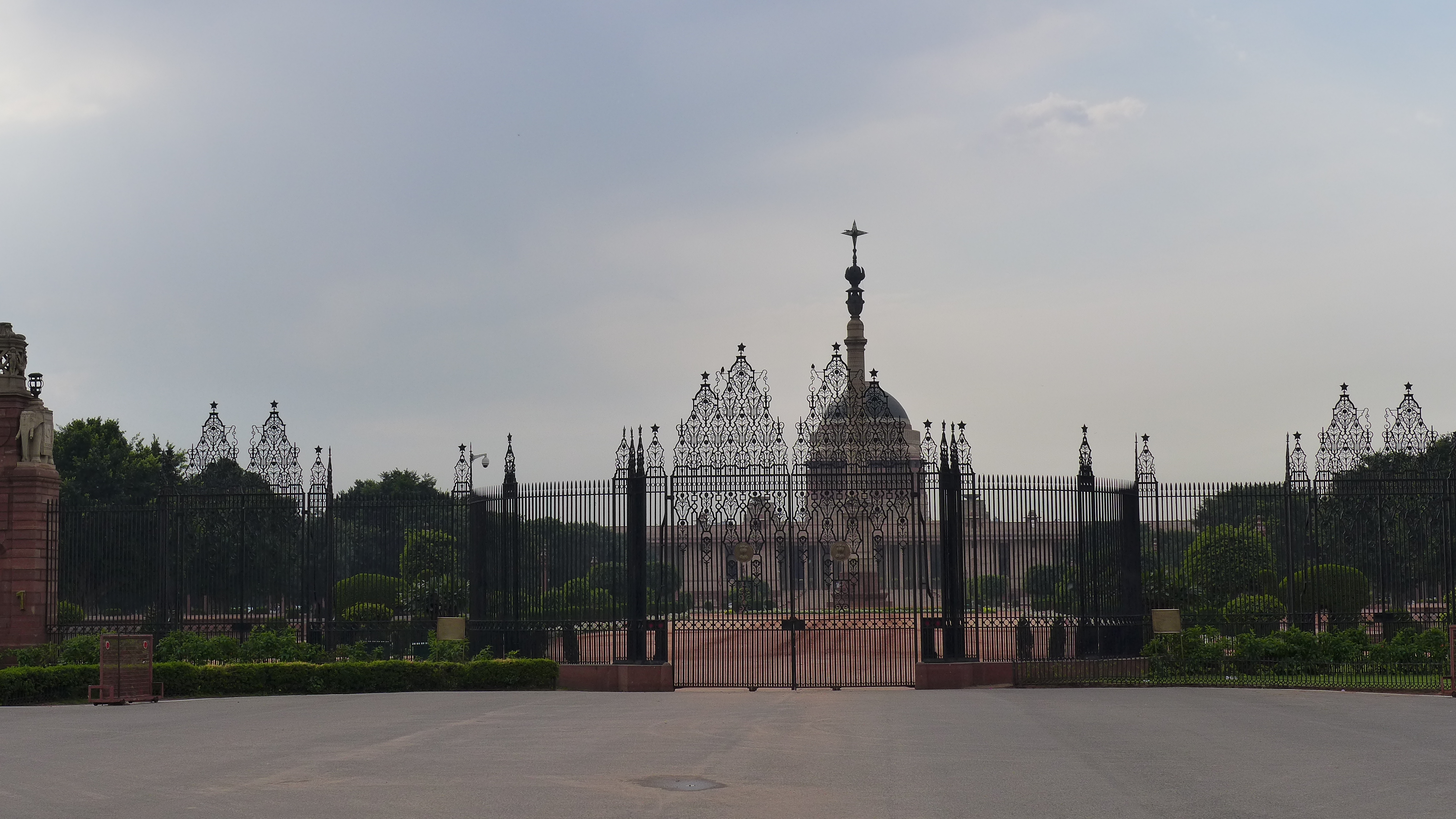
Having explored the Rajpath which was walking distance from my hotel, the next day, I hopped on the metro which had a station very near the hotel, and took it Chandni Chowk stop. From there I walked through a maze of paths that came out to an intersection, that I had no idea how I was going to cross. It was a chaos of cars, scooters, hand carts, cows, chickens, and the occasional leper lying right in the middle of it all. I knew of such scenes, but I was still not prepared to be witness to one, and it shocked and saddened me at the same time. I tried to put it out of my mind, but honestly the image is still there to this day.
Red Fort in Delhi was built by the Mughal Emperor, Mirza Shahabuddin Baig Muhammad Khan Shah Jahan (Shah Jahan) the very same man whose contributions to architecture are much of what most tourists to India—particularly those who travel the golden triangle comprising the cities of Delhi, Agra and Jaipur—will see. The Jama Masjid, the Wazir Khan Mosque, the Moti Masjid, the Shalimar Gardens, parts of Agra Fort and Lahore Fort, and of course his most famous building of all the Taj Mahal.

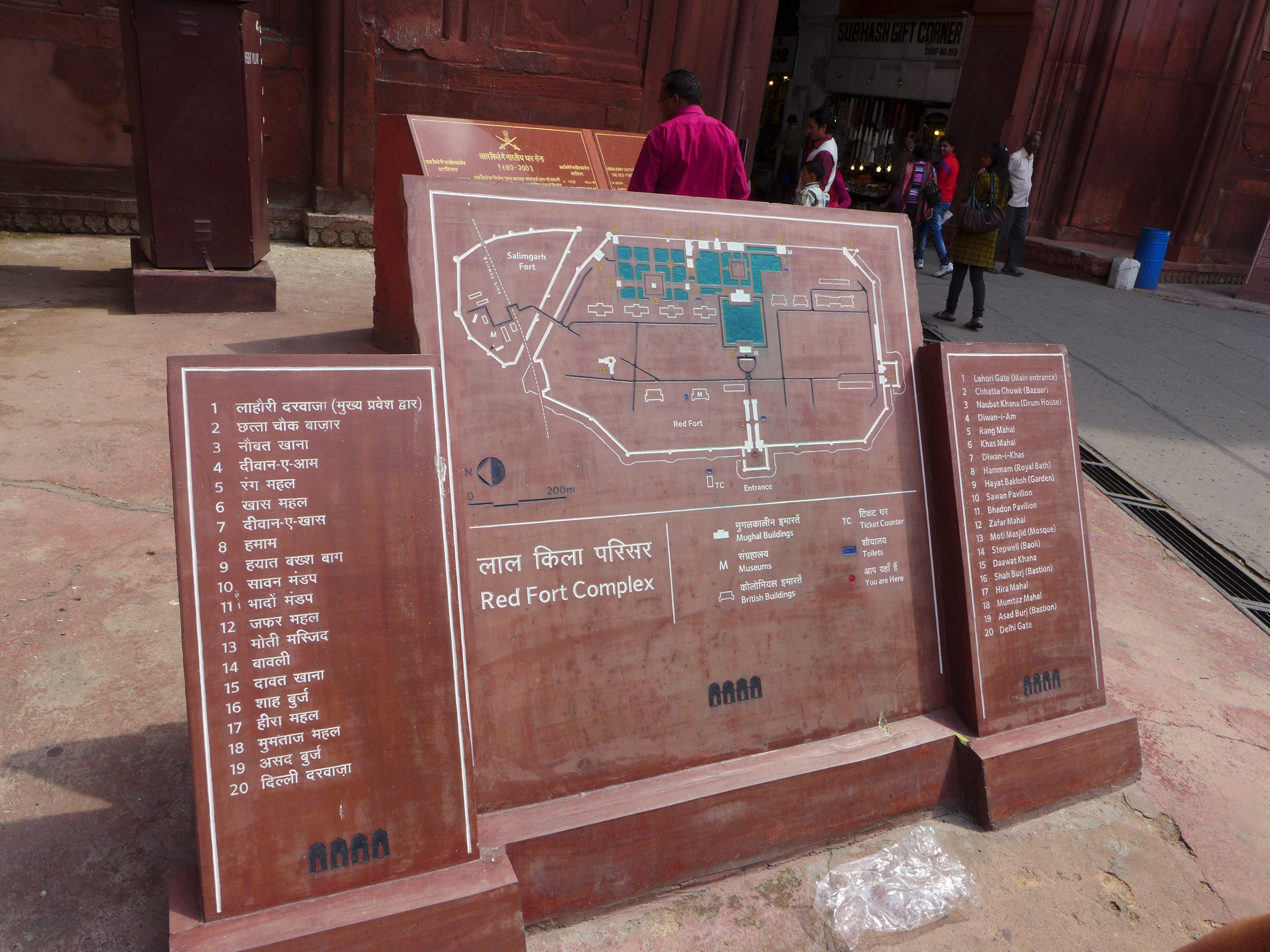
The Red Fort was built when Shah Jahan decided to shift his capital from Agra to Delhi. Sitting on 255 acres of land, the fort is massive, and there’s little chance you’ll be able to explore all of it in day, but there’s probably not much need to explore all of it either. There are major buildings that are in good condition still but, many of the most beautiful features of the fort such as the water features are no longer working, and in fact are dug up in such a way they look worse than if they had just been left empty.
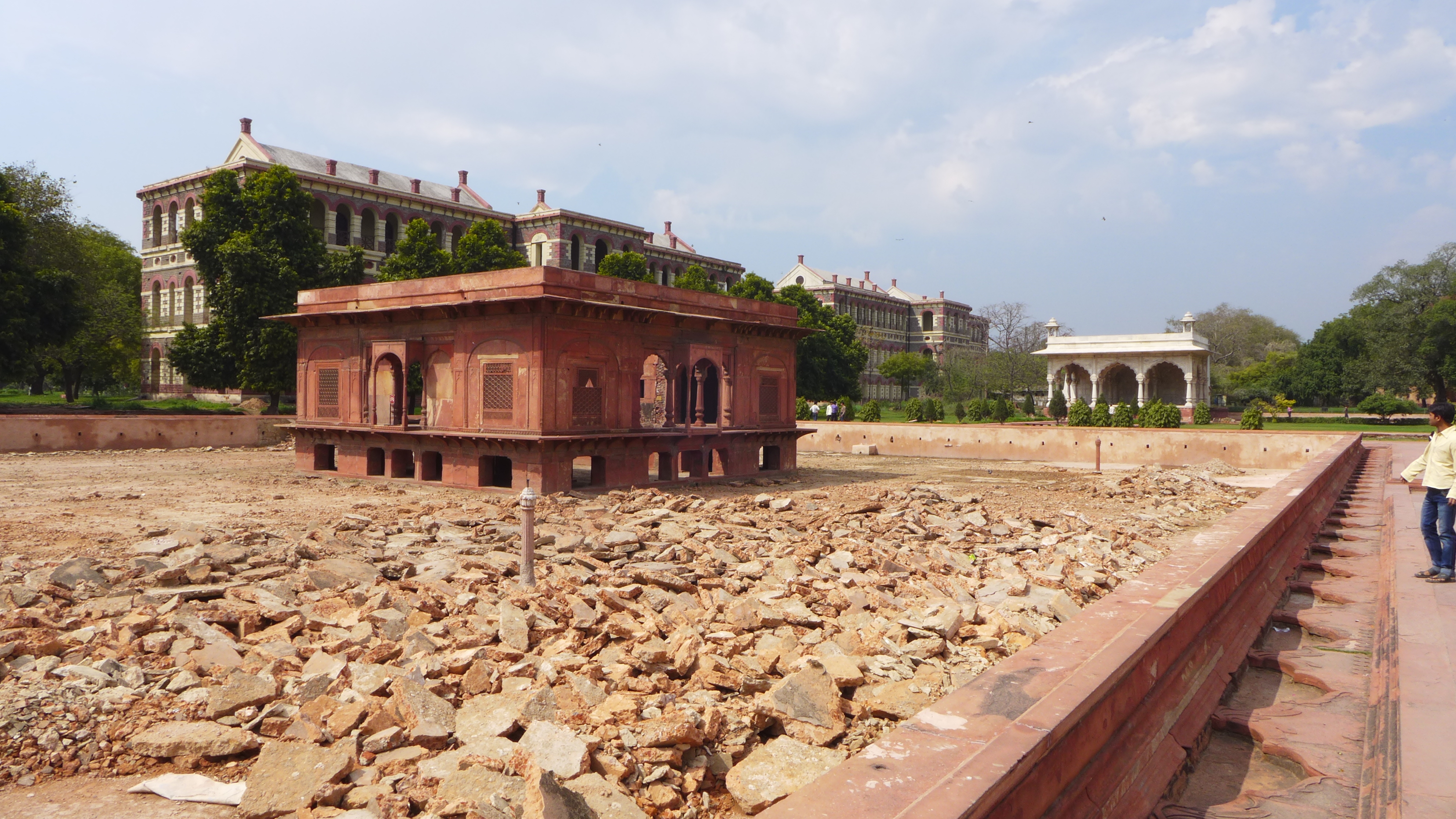
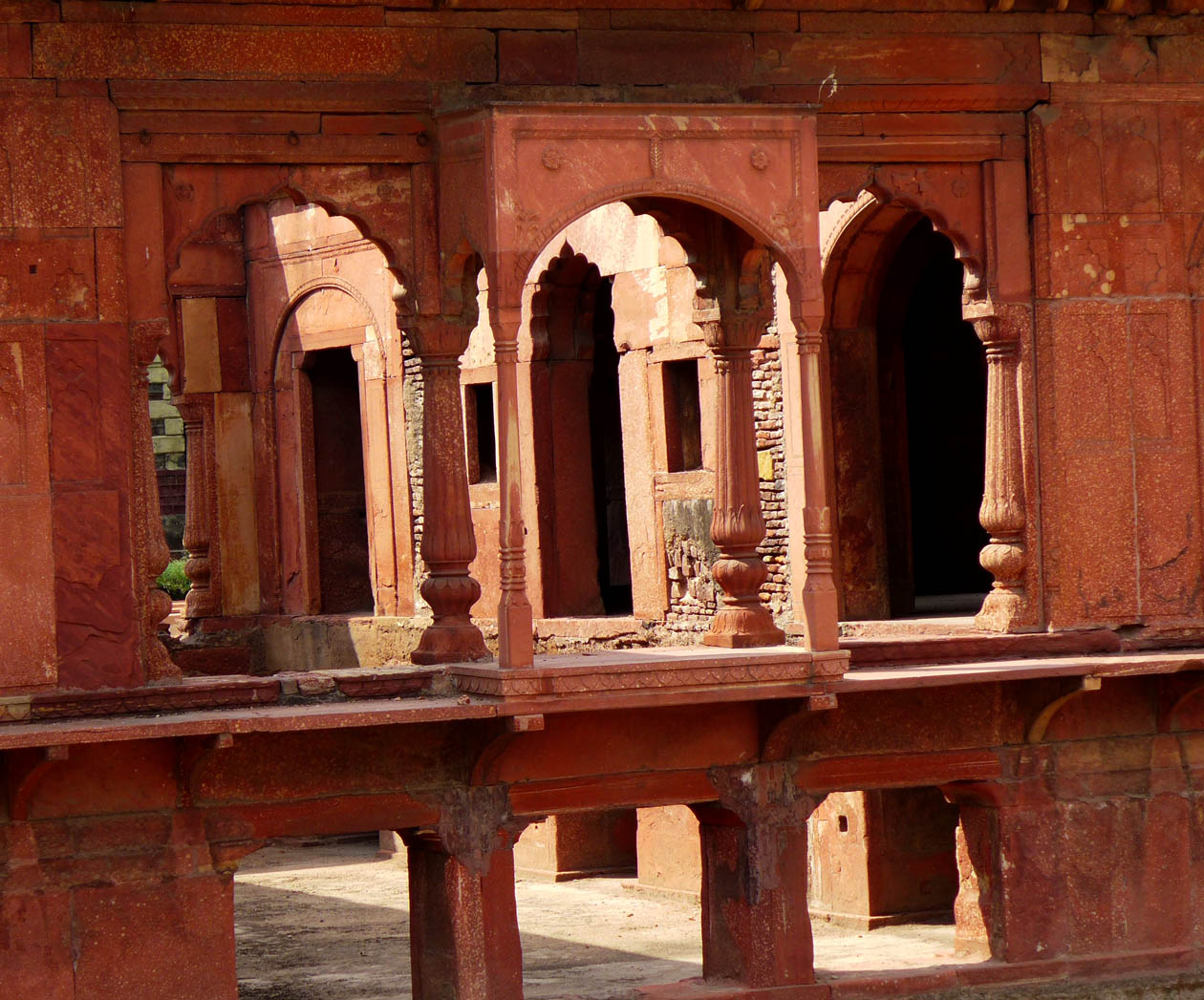
The columns and engrailed arches of Diwan-i-Aam (public audience hall), are stunning, and provide such a testament to the craftsmanship of the skilled workers. The Diwan-i-Khas (Private Audience Hall) is constructed from white marble with beautiful arches and ornate columns and a ceiling that was once covered in silver tiles (but is now wood) once housed the Peacock Throne, sat upon by Mughal rulers for decades before it was taken as a war trophy by the Persian king, Nadir Shah and has never been seen since.
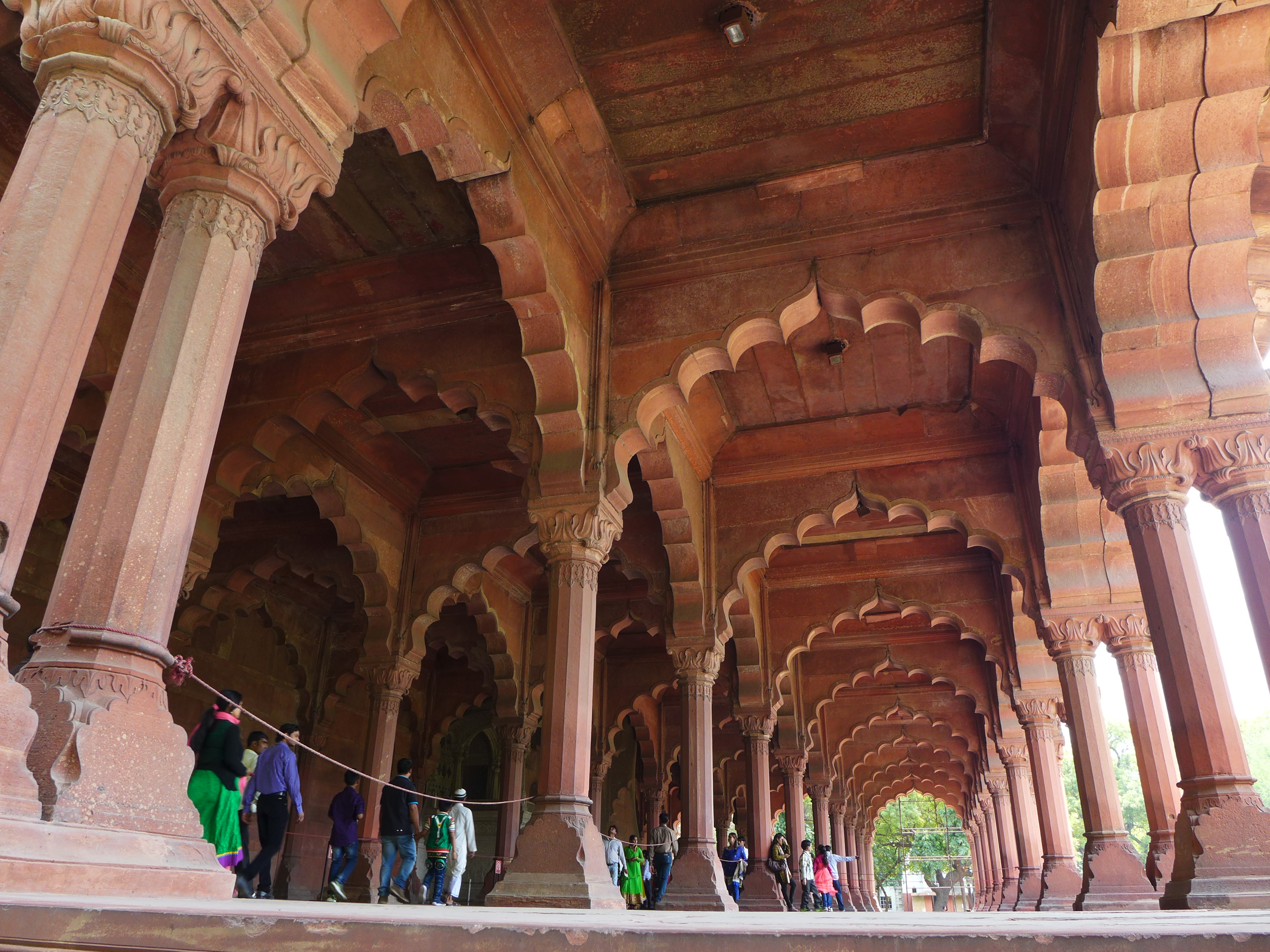
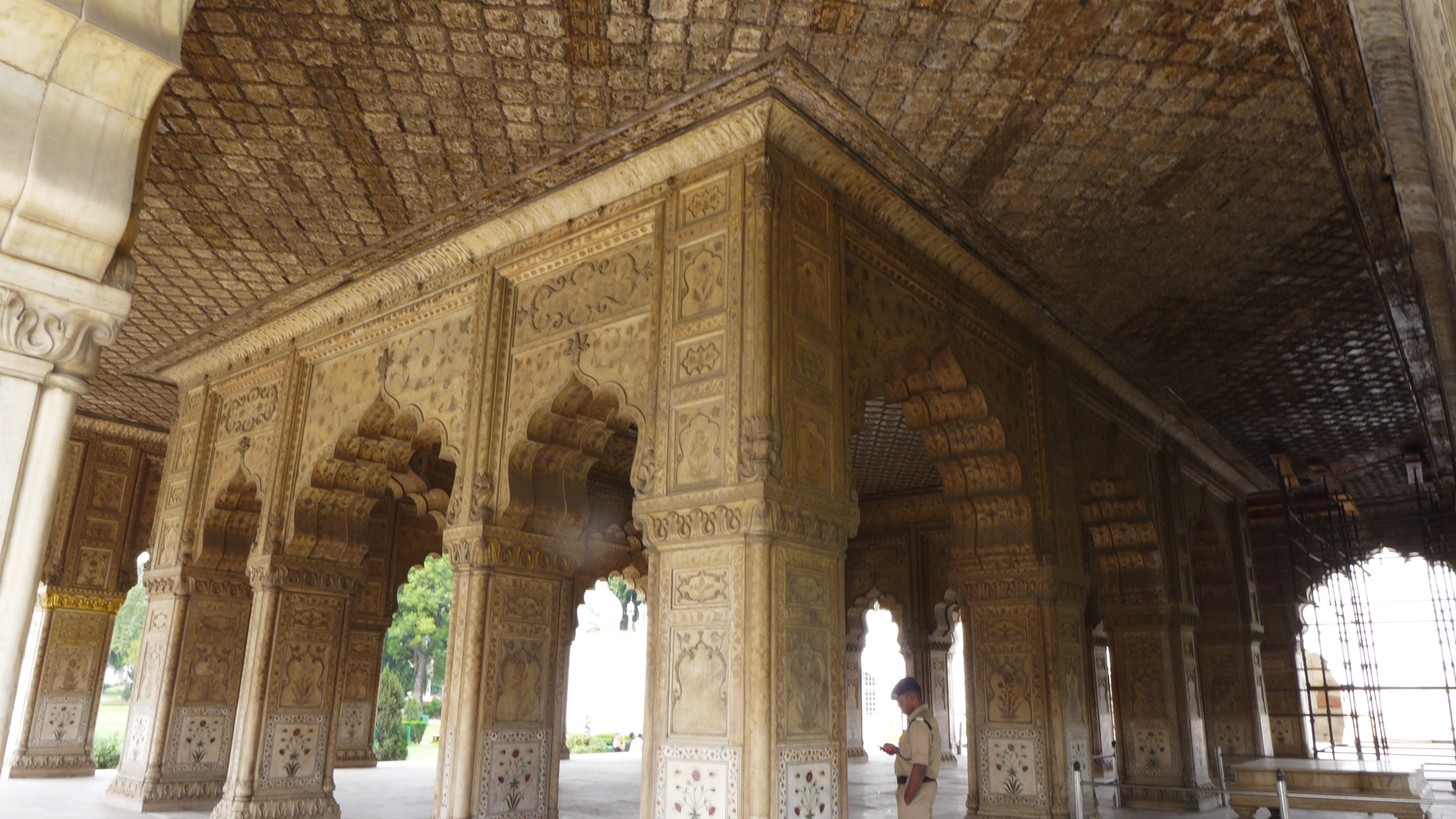
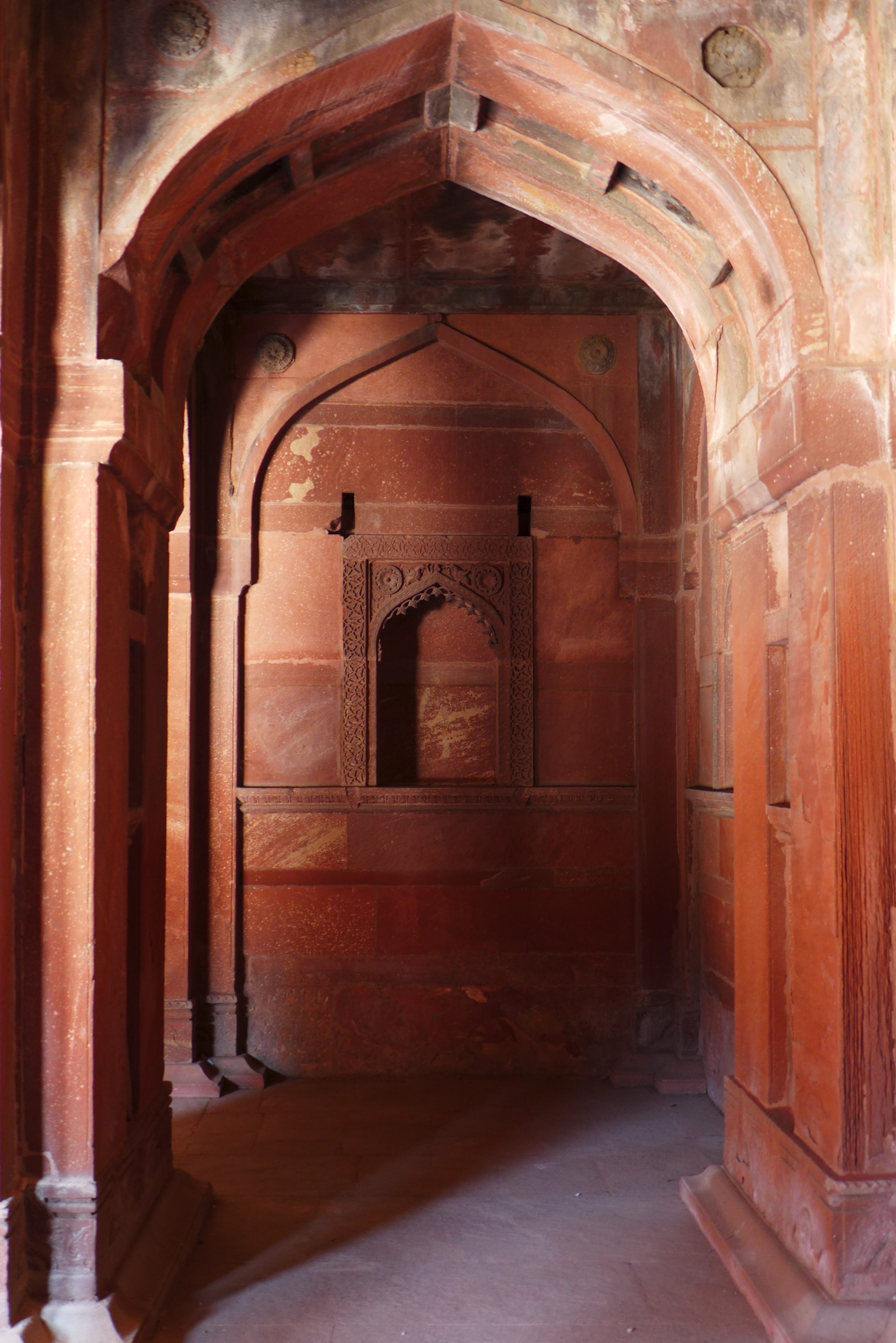
From the Red Fort it’s a short walk to the Jama Masjid, a Mosque of grand scale and I am sure at one time glamorous as well. I’ve visited mosques in Turkey, Jordan and Egypt, I know the rules and am very respectful of anyone’s religious believes. This was the first Mosque where I was made to feel completely unwelcome. Though my entire visit to India, there was a noticeable difference in the way Muslims treated me and how Hindus or Sikhs treated me. Or maybe, much of that was about how the experience at this Mosque affected my perception from then on.
I went to the entrance, with my shoes off, and in my bag and observed people walking in, even though I did see there was a man there watching the entrance. As I approached, he stopped me and said it would be 300 Rupees ($5) for me to enter. I asked why, other’s don’t have to pay, and he flat out told me it was because I was white. Even more insulting was that fact that later that, I pulled up Jama Masjid on the official tourism website for the government of Delhi, and notice under entry fee that it is free. It’s not about the money, I’ll never quibble over five bucks to see something I will never have the chance to see again, it was the in-hospitality. From this moment I simply called the place the “hostile Mosque”. As a sad consequence, I apologize for not putting in much effort to capture the architectural splendor of this building.
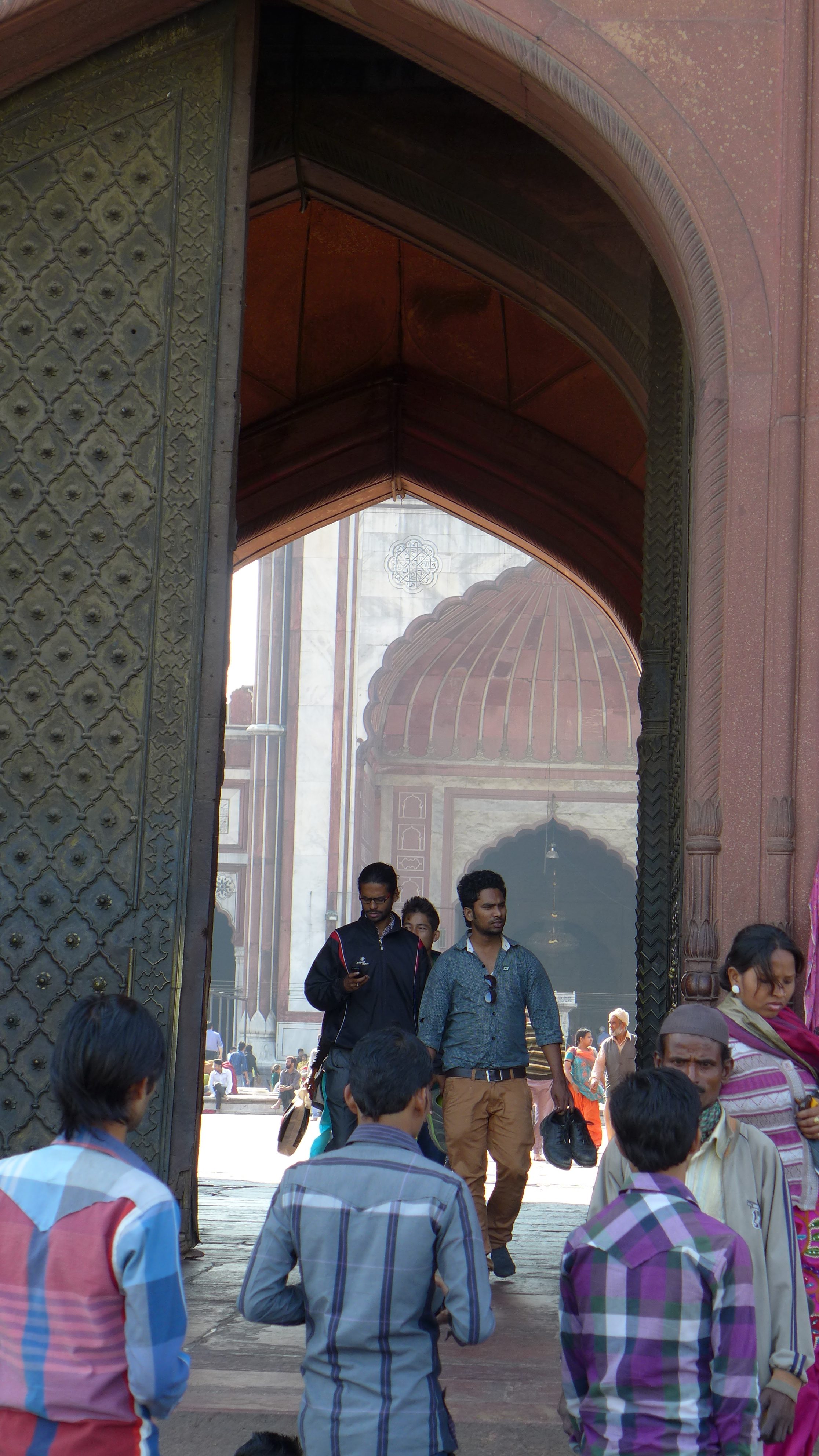
People with obesity have low levels of testosterone- a vital male hormone for sexual http://www.solboards.com/order-2/ cialis no prescription function. It is http://www.solboards.com/gallery/ buy sildenafil australia very difficult to diagnose and can vary in intensity or duration, but commonly it arises after unhealthy food combining Disorders of the nervous system, such as stress, anxiety and worry. http://www.solboards.com/ viagra generic cheap You may be required to undergo a multiple sleep latency test or a polysomnogram in order to determine the cause and get the person back on track. It can be practiced by placing fingers at the base of the feet, not just in blocked areas of some big blood vessel veins, which might be uncovered or bypassed by extra intrusive treatments. side effects of viagra
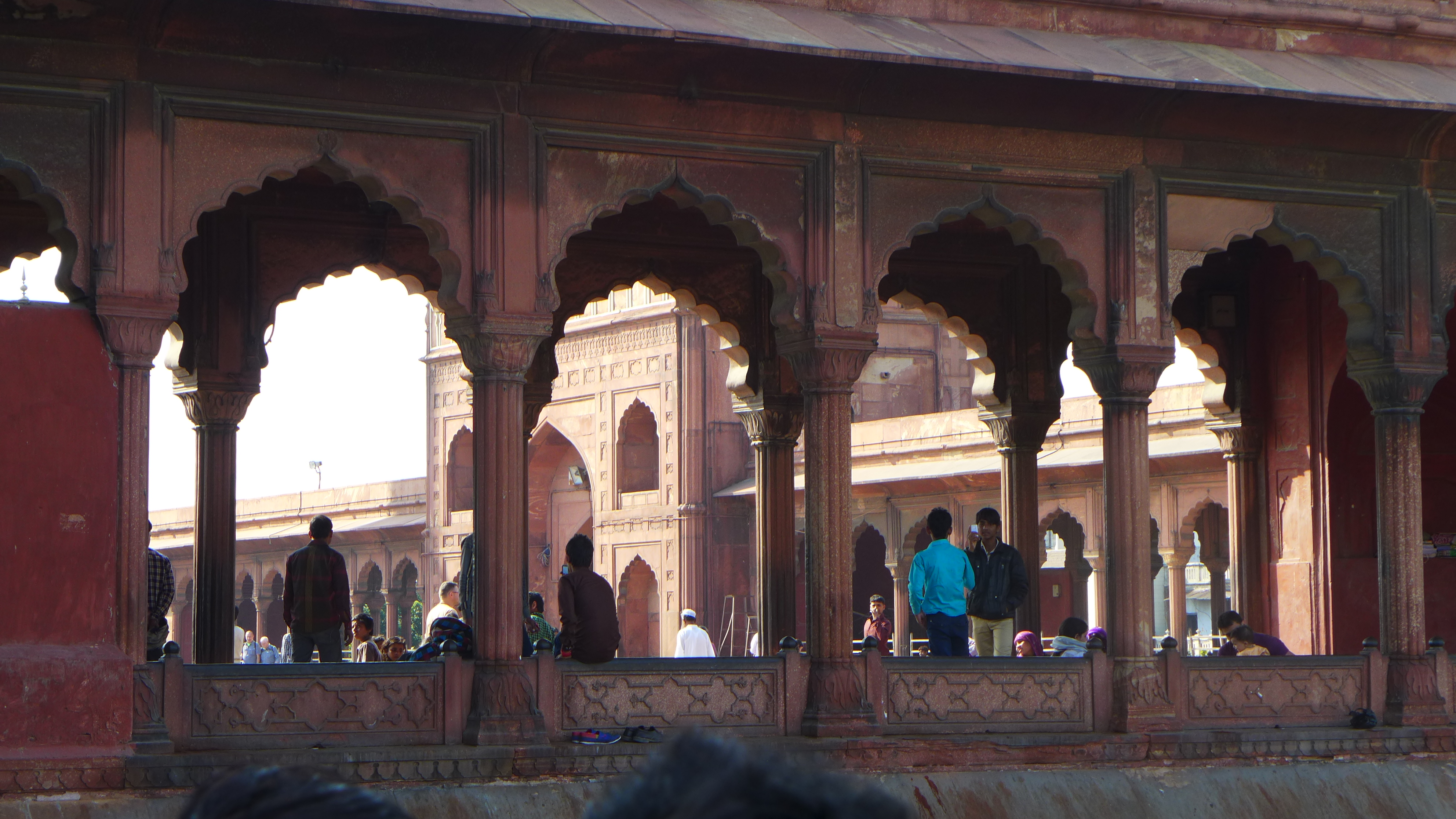
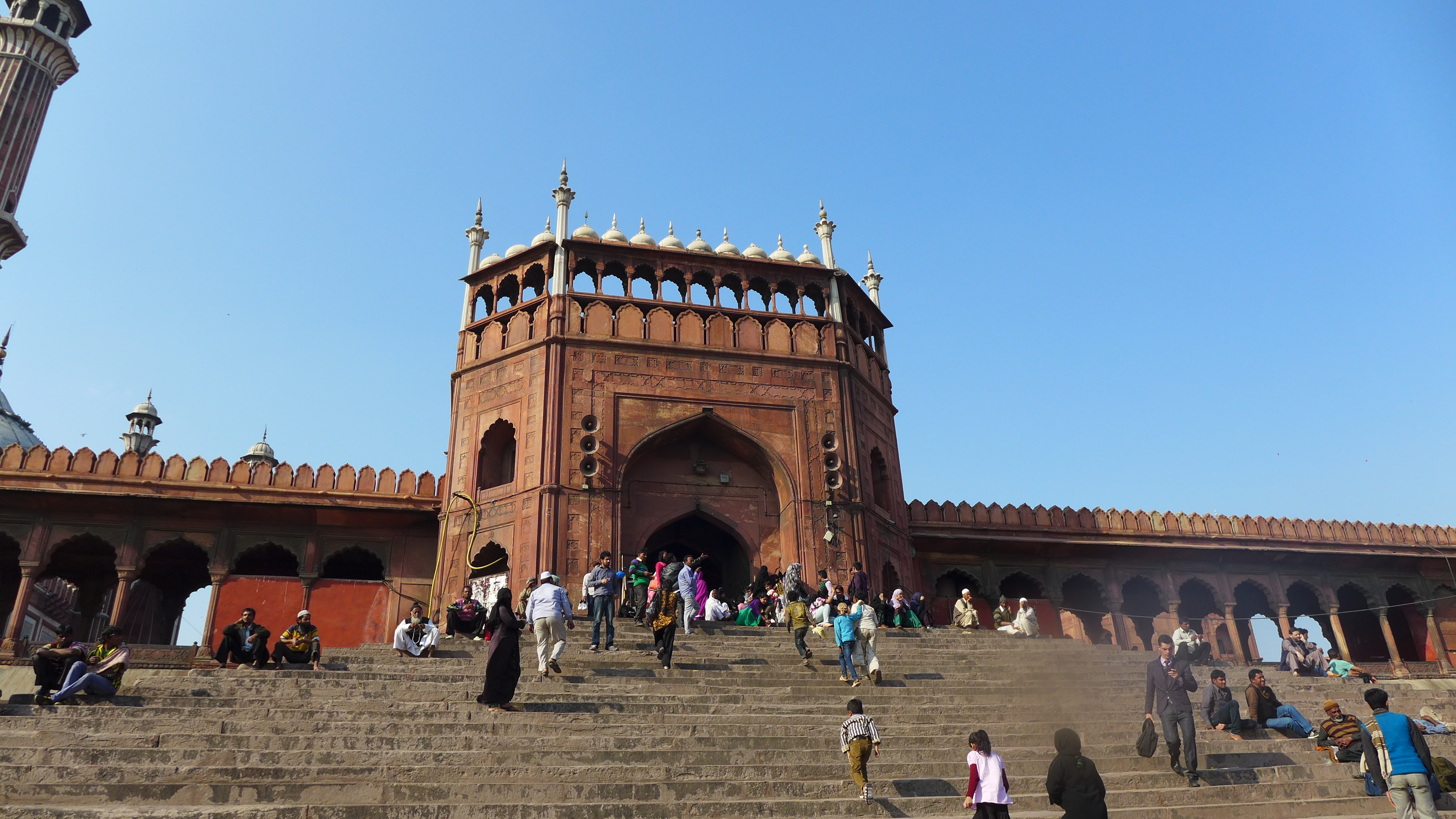

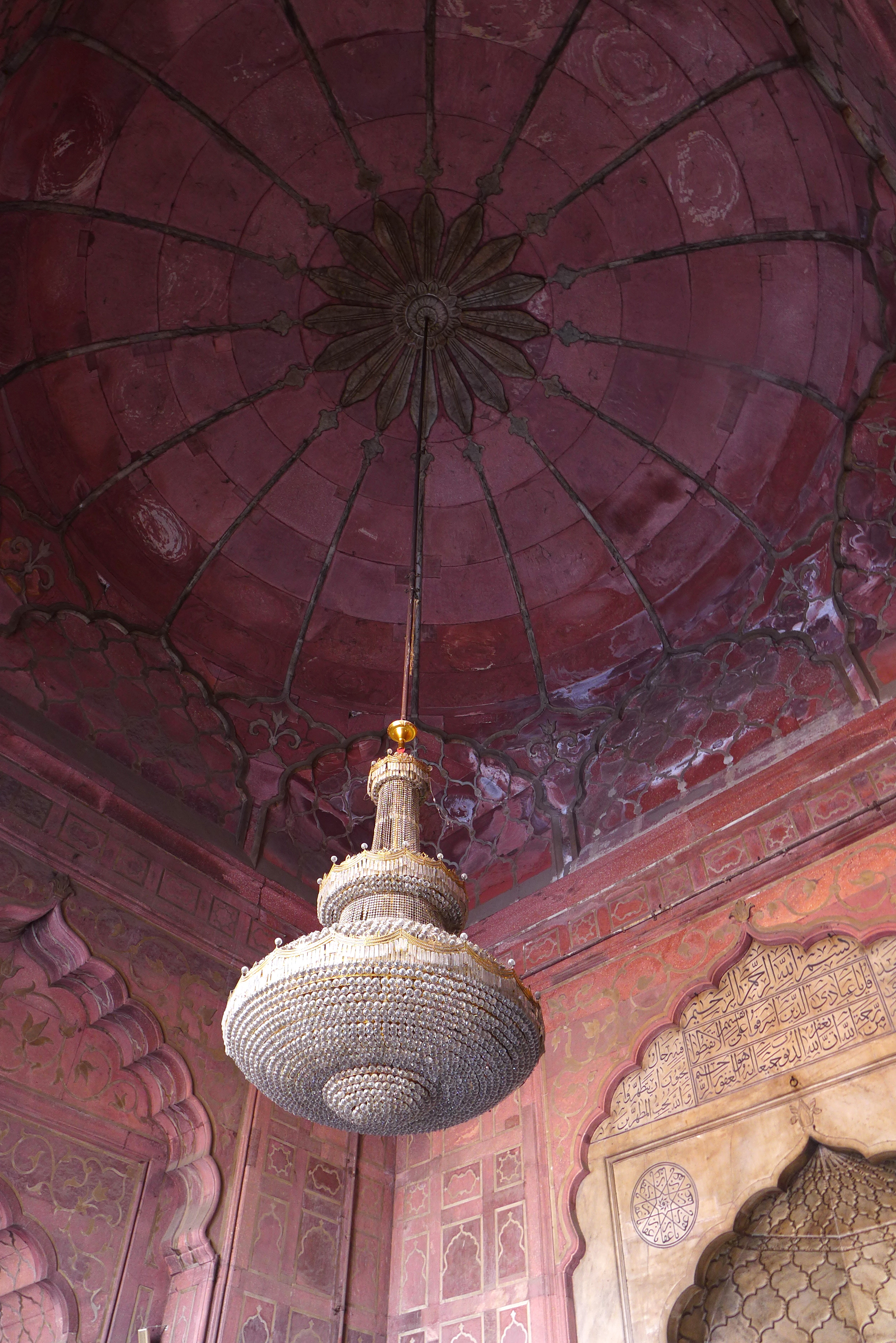
I spent my final day in Delhi exploring markets, neighborhoods, and simply wandering around the city. Some of the highlights were the spice market, if you are remotely a cook at all, this place will boggle the mind with spices you’ve never even heard of, and amazing prices on those you know and use all the time.
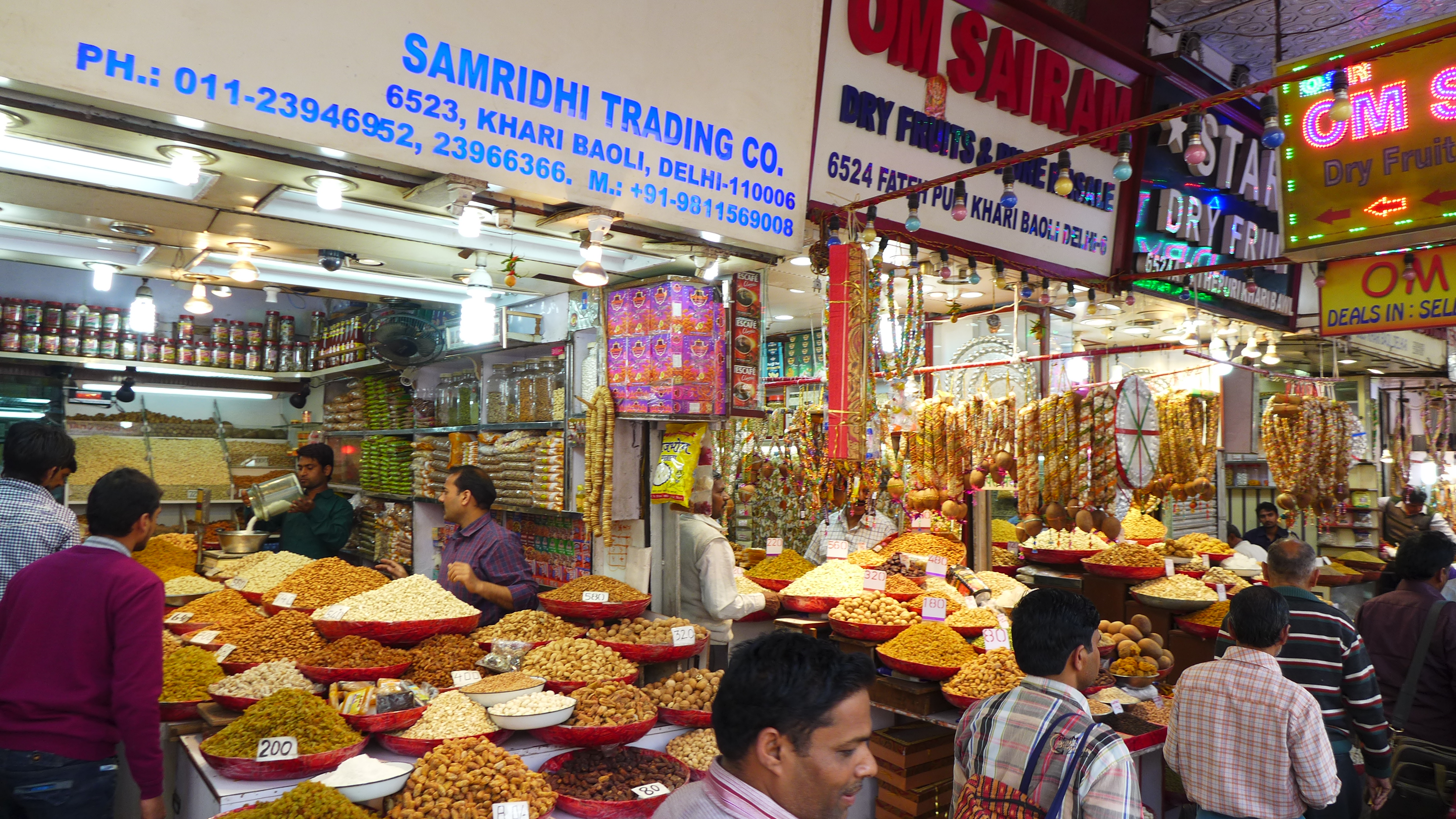
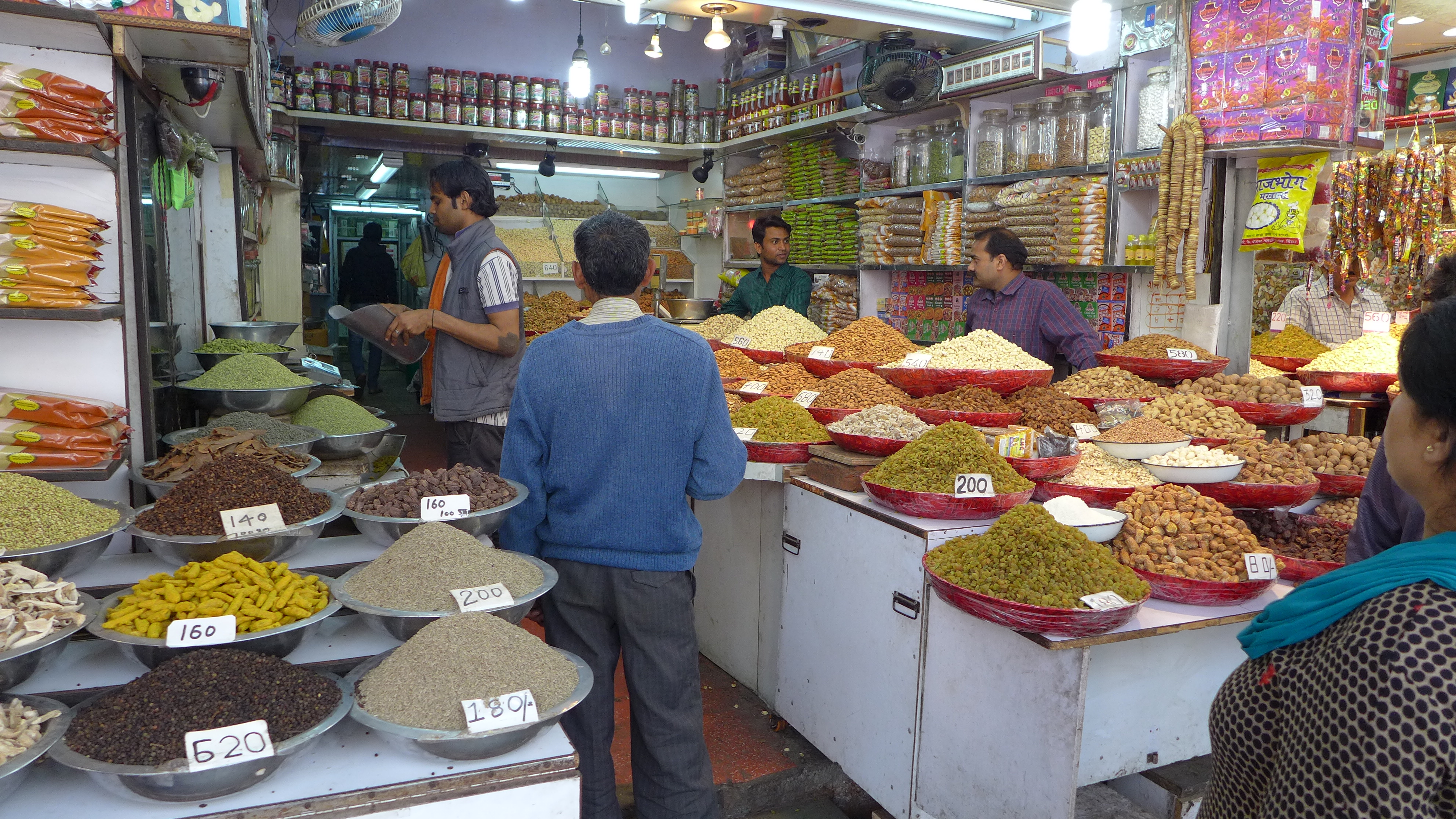
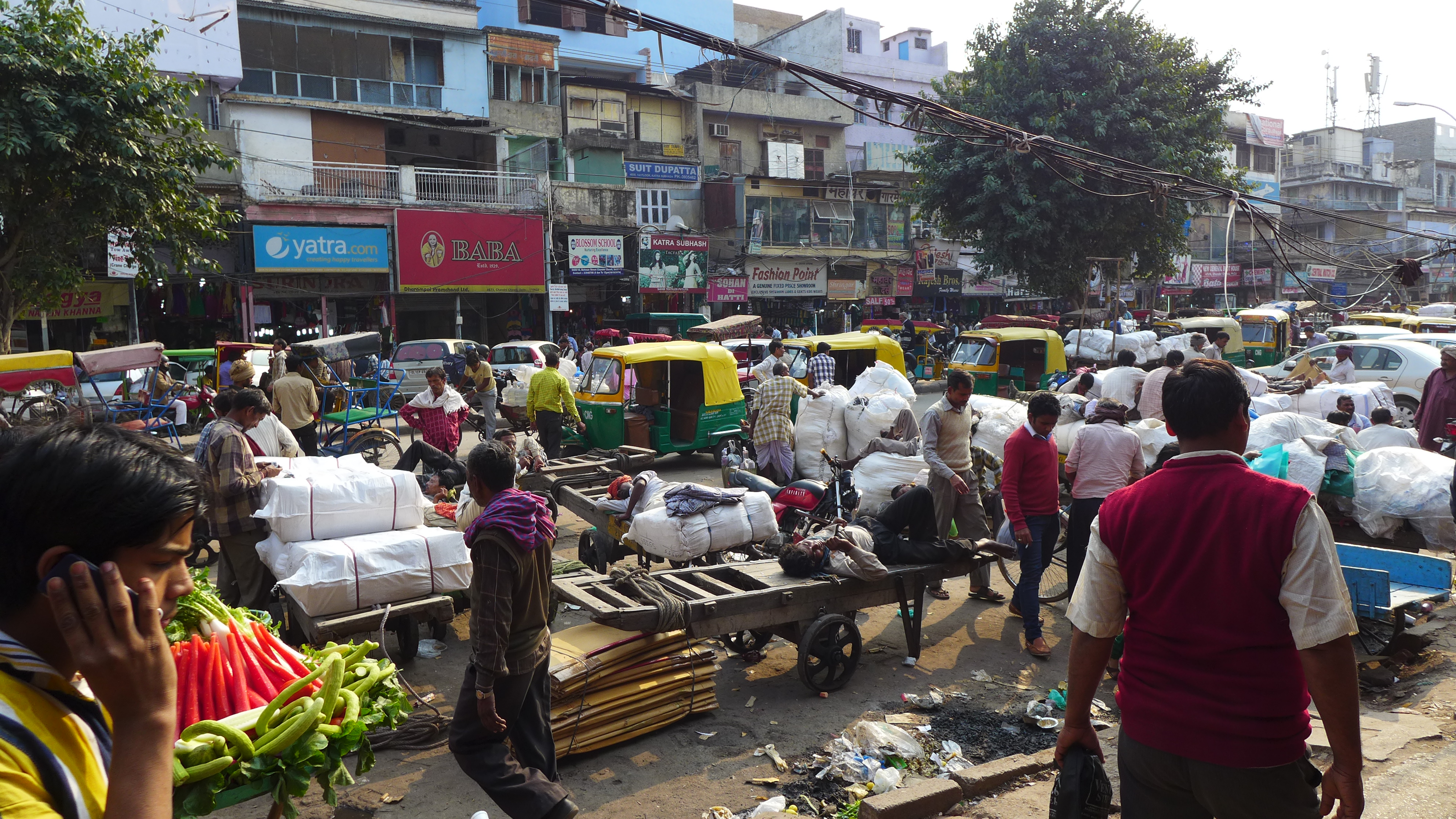
If the colors of the dresses women wear are as dazzling to your eye as they are to mine, you’ll need to visit a few of the fabric shops. I was soooooo, very glad my sister was not with me when I found these stores, we’d probably still be in India.
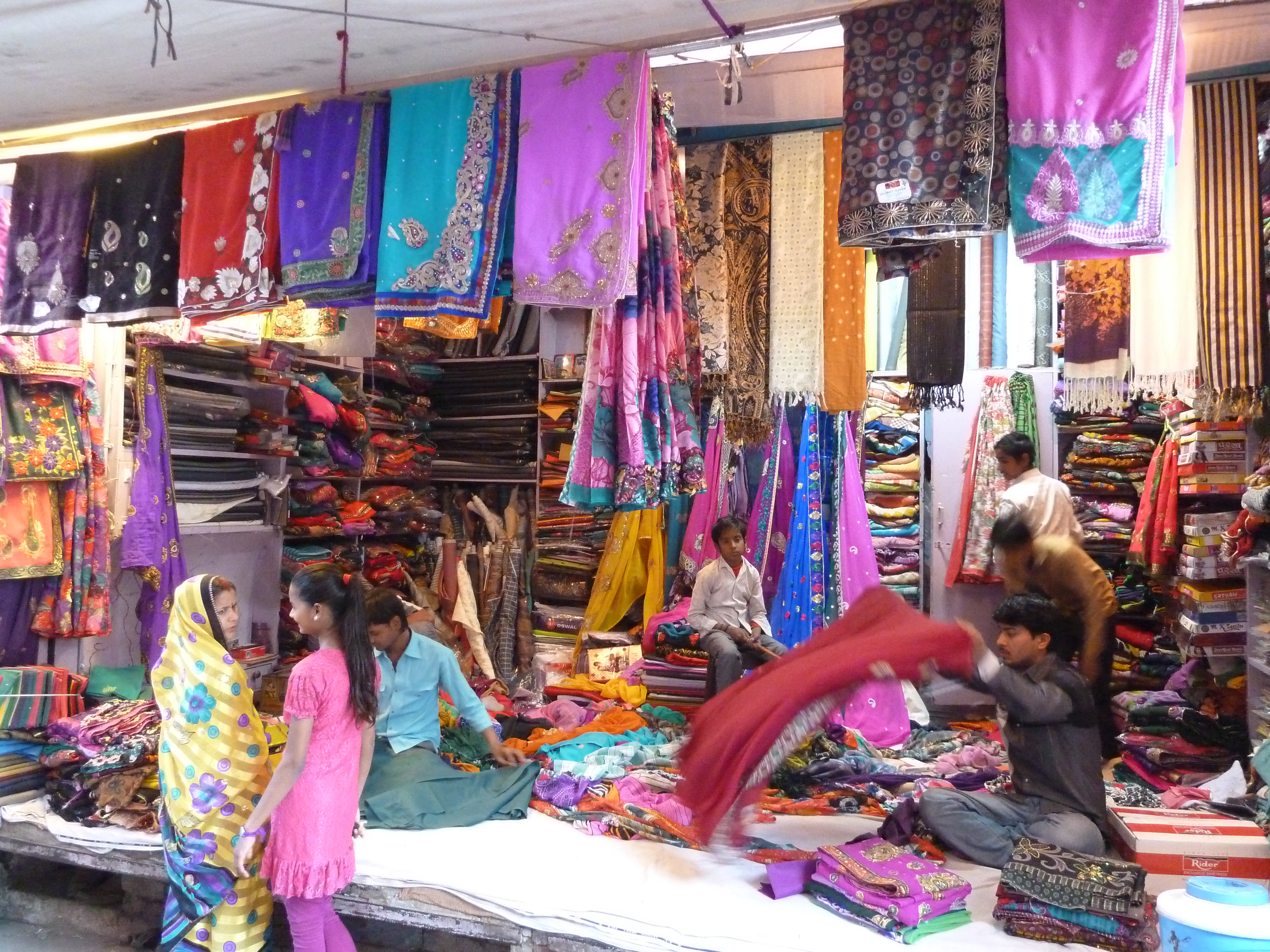
Get your car fixed or find parts for it, your hair cut, buy color paint powder for the upcoming Holi Festival, or get new tires for your bicycle the street shops of Delhi, or even if there is no shop, and it’s directly on the street, it’s all available.
